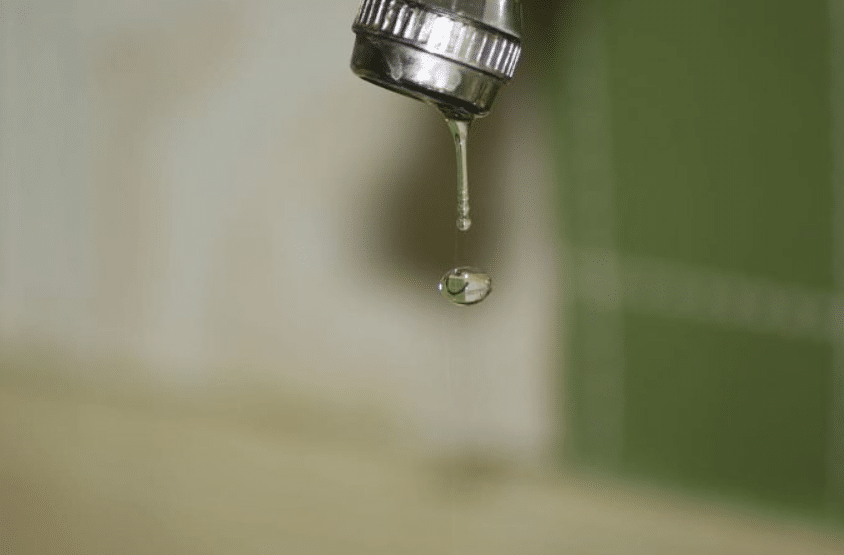Exposing the Key Causes of Leak Problems Inside Your House
Exposing the Key Causes of Leak Problems Inside Your House
Blog Article
On this page in the next paragraph yow will discover additional good guidance around Most Common Causes of Leaky Pipes.

Leaks not just cause waste of water yet can also trigger unnecessary damages to your home as well as promote unwanted natural growth. By recognizing and looking for day-to-day circumstances that create leakages, you can safeguard your residence from future leakages and unneeded damages.
Elbowing in origins
Most water leakages begin outside your home rather than inside it. If you observe a sudden decrease in water pressure, claim in your tap, take some time to head out and examine your lawn. You may observe damp patches or sinkholes in your backyard, which could suggest that tree origins are attacking water lines triggering water to seep out. You can have your plumber look for breach, particularly if you have trees or shrubs near your home.
Rusty water systems
As time passes by, your plumbing system ages and deterioration such as corrosion might begin gnawing the pipes. This could be the source of discoloration or warping on your water pipes. This calls for an assessment with your plumber right away. If our plumbing system is old, think about replacing the pipelines considering that they go to a greater danger of deterioration than the newer models.
Defective Pipe Joints
The point at which your pipes attach is frequently the weakest link in the waterline. Pipeline joints can weaken over time, leading to water leakages. Sadly, the majority of pipe joints are not easily noticeable. If you have noisy pipes that make ticking or banging noises, specifically when the hot water is switched on, your pipe joints are probably under a lot of stress. It is a good idea to have your plumber inspect your system yearly.
Instantaneous temperature level modifications.
Extreme temperature level changes in our pipes can create them to increase and also get unexpectedly. This growth and also contraction might cause fractures in the pipelines, especially if the temperature are listed below freezing.
Poor Water Connectors
Sometimes, a leak can be brought on by loose tubes as well as pipes that supply your home appliances. More often than not, moving is what triggers the loose water Links. You may find when it comes to a washing equipment, a pipe may spring a leakage due to drinking during the spin cycle. In case of a water links leak, you might notice water running straight from the supply line or puddles around your devices.
Blocked Drains
Blocked drains pipes could be aggravating as well as inconveniencing, however they can often end up triggering an overflow leading to break pipes. Keep eliminating any type of products that may decrease your drains that might clog them to avoid such inconveniences.
All the above are causes of leakages but not all water leaks result from plumbing leaks; some leaks might originate from roof covering leakages. All leakages need to be fixed quickly to stay clear of water damages.
Leakages not just trigger waste of water however can likewise trigger unnecessary damages to your residence as well as advertise unwanted natural development. By comprehending and also looking for daily situations that cause leakages, you can secure your home from future leakages as well as unneeded damage. Today, we will certainly look at six leak triggers that might be causing your pipes to trickle.
At times, a leak can be caused by loosened hoses and also pipelines that supply your devices. In case of a water links leakage, you may notice water running directly from the supply line or puddles around your appliances.
How To Check For Water Leak In Your Home
How To Check for Leaks
The average household's leaks can account for nearly 10,000 gallons of water wasted every year and ten percent of homes have leaks that waste 90 gallons or more per day. Common types of leaks found in the home are worn toilet flappers, dripping faucets, and other leaking valves. These types of leaks are often easy to fix, requiring only a few tools and hardware that can pay for themselves in water savings. Fixing easily corrected household water leaks can save homeowners about 10 percent on their water bills.
To check for leaks in your home, you first need to determine whether you're wasting water and then identify the source of the leak. Here are some tips for finding leaks:
Take a look at your water usage during a colder month, such as January or February. If a family of four exceeds 12,000 gallons per month, there are serious leaks.
Check your water meter before and after a two-hour period when no water is being used. If the meter changes at all, you probably have a leak.
Identify toilet leaks by placing a drop of food coloring in the toilet tank. If any color shows up in the bowl after 10 minutes, you have a leak. (Be sure to flush immediately after the experiment to avoid staining the tank.)
Examine faucet gaskets and pipe fittings for any water on the outside of the pipe to check for surface leaks.
Undetected water leaks can happen without the home or business owner even realizing. If you suspect a water leak, but not able to find the source. It is time to contact a professional water leak detection service, The Leak Doctor.
How To Find a Water Leak In Your Home
https://www.leakdoctor.com/blog/How-To-Check-For-Water-Leak-In-Your-Home_AE197.html

I found that page on How to detect water leaks in your home while surfing the web. Liked our blog? Please share it. Help somebody else locate it. Many thanks for going through it.
We're waiting, call! Report this page